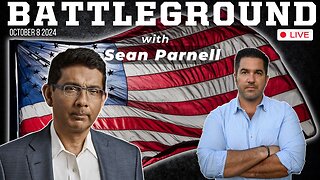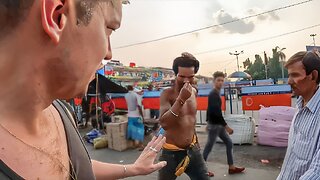NO PHOTOS! YOU MAY BE COMPETITION
BUY ME A COFFEE - https://www.buymeacoffee.com/ukmtt
Cubic turnstiles, also known as Cubic Corporation turnstiles, are a type of access control system commonly used in transportation hubs, stadiums, and other venues where crowd management and ticket validation are necessary. Cubic Corporation is a global company that specializes in transportation and defense systems, including turnstile solutions.
Cubic turnstiles are designed to control the flow of people by allowing only one person to pass through at a time. They consist of a rotating barrier or gate that opens and closes to permit entry or exit. Typically, these turnstiles are equipped with ticket readers or electronic validators to validate tickets, access cards, or other forms of identification before granting passage.
The ticket validation process in Cubic turnstiles ensures that only individuals with valid tickets or authorized access cards can enter the designated area. This helps prevent unauthorized entry and ensures proper ticketing or access control for events, public transportation systems, or restricted areas.
Cubic turnstiles often incorporate additional features, such as fare collection mechanisms, security cameras, and sensors for counting the number of people passing through. These features contribute to enhanced security, accurate crowd counting, and efficient ticketing processes.
It's worth noting that while Cubic Corporation is a prominent provider of turnstile solutions, there are also other manufacturers and suppliers of turnstiles in the market, each with their own specific designs and features.
"Photography is not a crime" "PINAC" is a phrase often used to advocate for the right to take photographs or record video in public spaces without fear of harassment, intimidation, or legal repercussions. The phrase suggests that photography is a form of free speech and expression that should be protected by law, and that the act of taking photographs should not be considered a criminal offence. The use of this phrase is often associated with instances where photographers, journalists, or citizens have been stopped or detained by law enforcement or security personnel for taking photographs in public places, even though they have not violated any laws or regulations.
-
 1:20:41
1:20:41
Candace Show Podcast
6 hours agoForbidden History: The Christian Holocaust | Candace Ep 81
59.5K107 -
 1:07:35
1:07:35
Battleground with Sean Parnell
5 hours agoVindicating Trump w/ Dinesh D'Souza
19.5K5 -
 7:20
7:20
Adam Does Movies
3 hours agoJoker 2 Bombs At The Box Office!
11.7K10 -
 1:33:42
1:33:42
Game On!
7 hours agoPump The Brakes! College Football Week 7 and MLB Playoffs
12.3K3 -
 41:01
41:01
World Nomac
4 hours agoSo much happened my first day in Kolkata, India 🇮🇳
13.3K5 -
 1:17:59
1:17:59
Awaken With JP
7 hours agoGovernment: We’re NOT Here to Help - LIES Ep 60
77.6K53 -
 1:01:08
1:01:08
In The Litter Box w/ Jewels & Catturd
22 hours agoDemocrat Priorities = America Last | In the Litter Box w/ Jewels & Catturd – Ep. 663 – 10/8/2024
57.9K46 -
 1:06:02
1:06:02
TheMonicaCrowleyPodcast
4 hours agoThe Monica Crowley Podcast: A Conversation with JD Vance - Plus Kamala Calls Her Daddy
29.3K5 -
 2:12:17
2:12:17
Revenge of the Cis
5 hours agoEpisode 1388: Bear Necessities
28.8K24 -
 1:08:05
1:08:05
Officially Unfollowed
4 hours agoKamala on Call Her Daddy, RNC Sues Fulton County, & FEMA Prioritizes LGBTQ People | Ep. 11
23.4K14